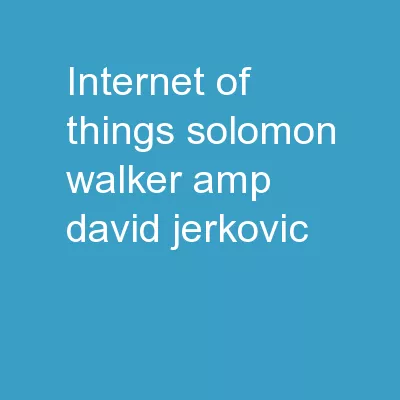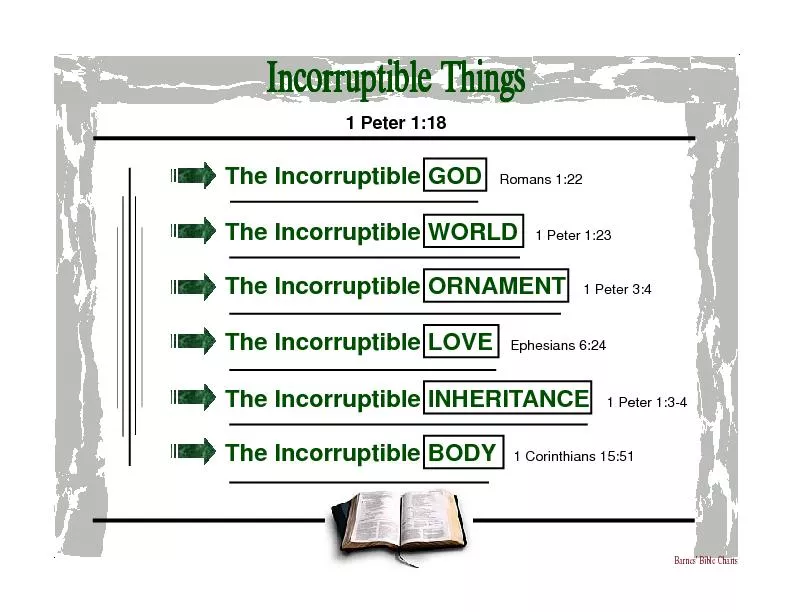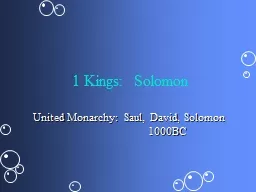PPT-Internet of Things Solomon Walker & David Jerkovic
Author : natalia-silvester | Published Date : 2018-12-13
What is the Internet of Things IOT The Internet of Things is the idea that everyday objects can be embedded with electronics that connect them to the internet or
Presentation Embed Code
Download Presentation
Download Presentation The PPT/PDF document "Internet of Things Solomon Walker & ..." is the property of its rightful owner. Permission is granted to download and print the materials on this website for personal, non-commercial use only, and to display it on your personal computer provided you do not modify the materials and that you retain all copyright notices contained in the materials. By downloading content from our website, you accept the terms of this agreement.
Internet of Things Solomon Walker & David Jerkovic: Transcript
Download Rules Of Document
"Internet of Things Solomon Walker & David Jerkovic"The content belongs to its owner. You may download and print it for personal use, without modification, and keep all copyright notices. By downloading, you agree to these terms.
Related Documents














